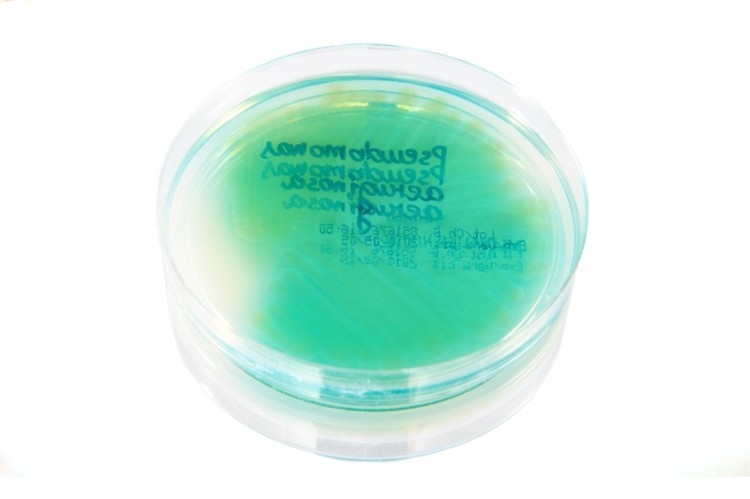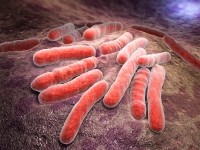Simple paper test could better detect food pathogens

The simplicity of this method is in stark contrast to current testing procedures for pathogens in food, for which complicated machinery and trained personnel are needed.
Methods to detect foodborne pathogens such as polymerase chain reaction (PCR) magnetic force-based methods require external equipment and complicated operational procedures that are not suitable for on-site detection, making them unsuited for large-scale food manufacturing.
According to the World Health Organisation (WHO), foodborne diseases are a growing worldwide public health problem, particularly for infants, children and the elderly.
Salmonellosis and Campylobacteriosis are the most commonly reported foodborne diseases. They are spread across the whole European Region and mainly transmitted from animals.
Many foodborne illnesses caused by E. coli O157:H7 and Staphylococcus aureus go undetected in the early stages of the supply chain.

The paper-based test was designed to accommodate the multi-step reactions necessary for pathogen analysis. This is achieved by controlling the pore size of the paper-based dipstick.
New approach in detection
When dipped into solutions that contain the E. coli strain O157:H7, Salmonella typhimurium or both, lines appeared on the dipstick showing a positive result within 15 minutes.
As the method requires dipping the device into a solution once, producing an easy-to-read result, it could be performed by workers without special training, the researchers say.
Multi-step reaction
The test is an example of a lateral flow test, which offers the advantage of portability and user-friendliness.
However, the strip-type format is unable to deliver the reagents in a certain sequence, which is essential to perform multi-step reactions.
Sandwich immunoassay and colorimetric reactions used to enhance test findings are examples of procedures needed to confirm the presence of food pathogens.
“A one-step operation of multi-step reactions is achieved by utilising both delayed fluid flow and channel partitions which are made by pressing the nitrocellulose (NC) membrane using only a press machine,” the researchers said.
They also pointed out the test did not need multiple reagent loading as the user simply needed to dip the device into the sample solution.

The team said the test could eventually be used in wide-scale manufacturing. However, they flagged a potential issue in repeating the test when using different standards of pressed papers.
“On the basis of these results and the repeatability of the manufacturing process of the pressed papers, it is improbable that the deviation in the fluid flow between devices would contribute to the deviation in the average signal intensity of bacteria detection,” they said.
“It is assumed that the deviation in the signal intensity of bacteria detection would be derived from reagent dispensing procedures.”
“The sensitivity and selectivity of detection would depend largely on the quality and specificity of antibodies used,” they added.
Source: Analytical Chemistry
Published online ahead of print, DOI: 10.1021/acs.analchem.5b04743
“Pressed Paper-Based Dipstick for Detection of Foodborne Pathogens with Multistep Reactions.”
Authors: Juhwan Park, Joong Ho Shin, and Je-Kyun Park














